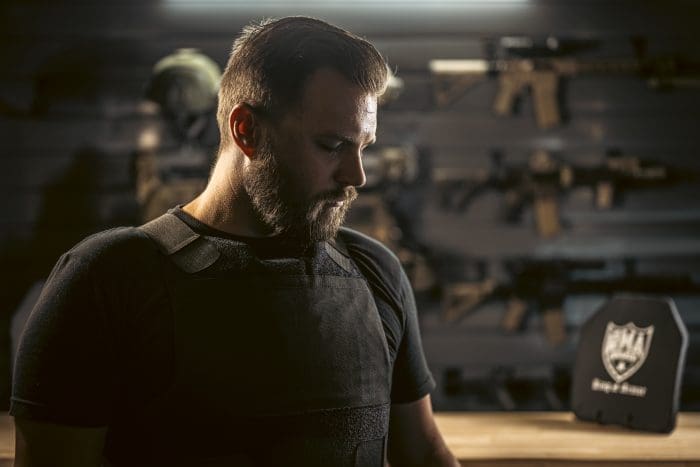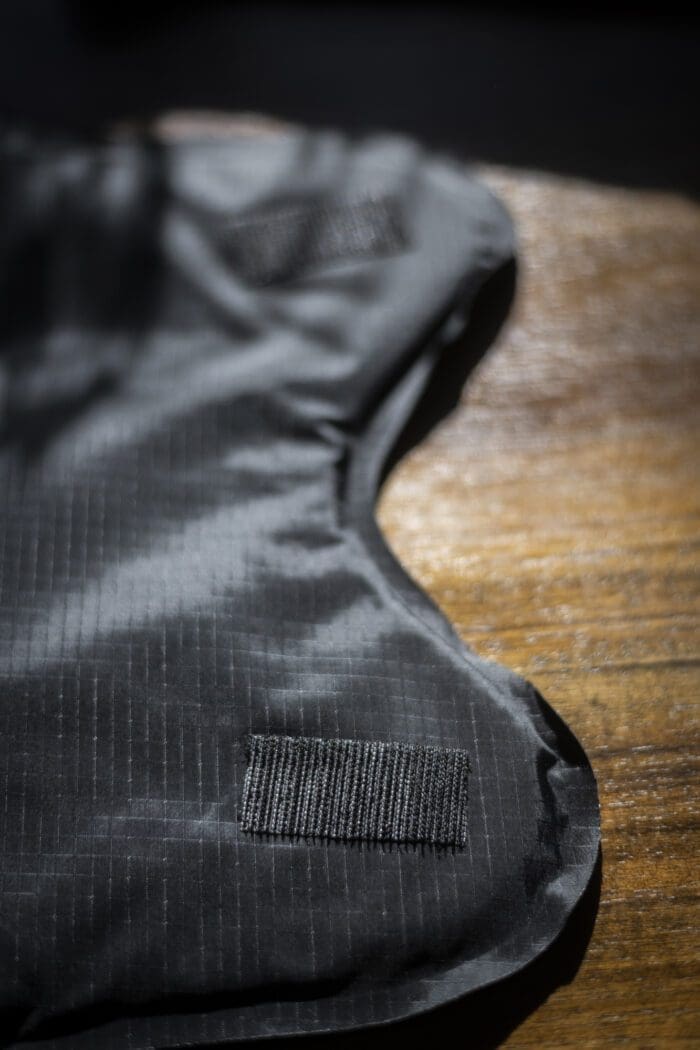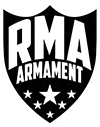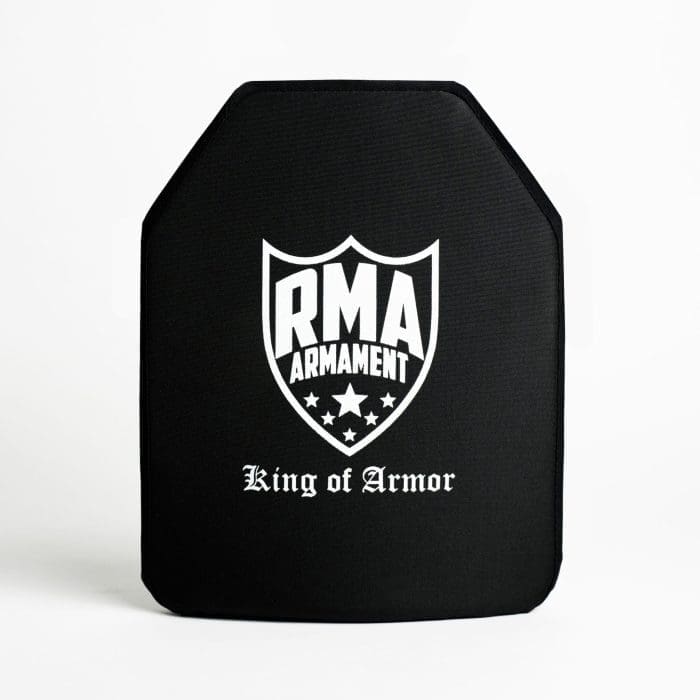Is this NIJ Certified?
Is this plate NIJ certified? The answer isn’t always, “yes,” and we’ll explain why.
The civilian marketplace is under the false impression that the NIJ functions as some kind of neutral third party testing authority for body armor a la Underwriter Labs, and that manufacturers utilize it as a service to prove the worthiness of their products to consumers. That simply isn’t the case.
While NIJ tests do grant a certain amount of a credibility, you may have noticed that it’s almost exclusively less-expensive products that end up being NIJ Certified by almost all manufacturers. Why don’t they certify their boron carbide plates? Are they afraid they’ll be exposed? Is it due to shoddy quality control? What about more affordable plates that don’t get certified? What about SRT plates? Do you really believe that all body armor manufacturers are simply hiding from accountability?
Why Does A Product Get NIJ Certified?
A lot more goes in to certifying a product than you might think. The question isn’t why something doesn’t get certified, but rather the reason that a product does get NIJ Certification.
Armor manufacturers certify an armor product for a single reason: to make it eligible for law enforcement purchases using federal dollars that require certification. Here’s the deal; government spending on body armor wildly outstrips the civilian sector. As a business, it only makes sense to qualify your products for purchasing using those dollars. The majority of law enforcement armor spending is federal grant money that has a rider attached that requires NIJ Certification. For example, have a look at the Ballistic Vest Partnership program. You may have noticed that large and small agencies all over the country have fielded body armor over the past decade. Thing is, the BVP program pays for 50% of that spending as long as a department has a mandatory wear policy and purchases only NIJ Certified armor.
Because the BVP program only applies to an officer’s primary duty vest (that they will be mandated to wear at all times on duty), most agencies choose lightweight IIIA soft armor like our Contego vest. It’s comparatively rare that BVP is applied to hard armor purchases. Learn More.
But because the NIJ testing and FIT process requires a lot of investment for each product, manufacturers curate a selection of armor products they’ll aim at the law enforcement market. Not every armor product is ideal for marketing to law enforcement specifically.

The Price of Certification
Certifying a product isn’t free. It isn’t even cheap. And there are several reasons why not every product gets NIJ Certified–particularly the more expensive ones. Under the NIJ 06 standard, the cost is over $20,000 per product. Plus, you need to pay the additional costs every year of FIT testing. Under the recently-published NIJ 07 standard, the cost will again rise dramatically. You’re pricing that cost into every unit you sell.
If you make a $50 profit on a certified product, the first 400 units are just covering the cost of testing–and that’s before you earn one single dollar to pay for your employees, utilities, materials, machine maintenance, benefits, insurance, and more. Additionally, the process takes months to complete. During that time, the aforementioned costs continue to accrue.
Price vs. Certification
The economics of the situation of course are more complicated than that. NIJ Certification is not to impress people on Reddit. It is done for the purpose of making a product eligible for law enforcement funding that requires it. With that in mind, we find that products which are not marketed directly at law enforcement never receive certification for that reason alone. How we determine which products those are can be a multi-faceted process. But the clearest indicator is price. Law enforcement budgets are not infinite.
Whether an agency is looking to equip a SWAT team or their entire force, price matters. Boron Carbide plates sitting above $1000 just aren’t going to sell in any meaningful numbers to the LE market. So when we look at comparing the cost of certification and compliance to the potential sales involved, we have to be realistic. You’re moving a tremendous quantity of units priced at $100 each. You move small quantities at $1000 each. And as we discussed in What Is Body Armor Made Of, your material costs alone can determine whether something makes sense to certify at all when combined with the price calculus above.
Can you even make any profit whatsoever if you certify a $1000 or $2000 plate when dealing with testing and compliance costs? Remember that you’re eating the material and labor costs of each unit disposed of for testing.
Material Consistency
A lot of people never consider supply chain issues. The truth is that material suppliers are just like every other company out there. They want to innovate and push certain products over others. They want to generate more profit for owners and investors. So it shouldn’t be surprising that they too discontinue perfectly good products and introduce new ones all the time.
The problem with this is that once you have an NIJ Certified product, you cannot alter it in any way–save for the color of the cover (if it’s an identical material). As a manufacturer, you’re playing a game of 5-10 years life expectancy for an armor product. The hope is that you can produce a product for a long enough time at a consistent margin so that you can eventually turn a profit.
If your material supplier alters their product selection and discontinues or alters the precise chemical makeup, curvature, thickness, cut shape–anything at all about the material you’re purchasing–your product loses its NIJ Certification. All the money you plowed into testing, certifying, and FIT testing your product goes right down the drain.
It is inevitable that things change. The question for armor manufacturers is when.

NIJ Standards
NIJ standards themselves are often the reason something doesn’t get certified. The NIJ doesn’t accept a lot of perfectly normal ballistic products for testing at all. For example, we cannot certify the ESRT plate for two big reasons:
- The ESRT is not rated to defeat 6 impacts of M80 NATO Steel Jacket–the Level III standard where rifle rating begins.
- The next highest rating–Level IIIA–requires that you submit a C-shape panel for testing. SAPI shapes are not acceptable. We cannot cut a C-shape panel from ceramic to submit for testing.
Thus, the ESRT is not eligible for any NIJ rating whatsoever beyond our own claim of “IIIA+”. Despite the fact that it excels so far beyond the Level III standard in real-world rifle performance by defeating multiple impacts from 7.62X39 API-BZ, M855, and M855A1. Each of these common rounds easily defeat Level III plates. And M80 Steel is a practically non-existent threat unless you go to ground war with a non-US NATO country. So the question is less so about the capability of the plates. Instead, it’s the reasoning behind where we draw the arbitrary lines for NIJ standards themselves.
NIJ Certification Protocols
Other testing protocols like drop testing are a common reason for skipping certification.
While civilian users think of this as a must-have, it’s extremely common for military and law enforcement to skip this protection on a plate to slim down on weight and thickness. In fact, strike face protection typically accounts for almost 20% of plate thickness. Everything on your vest is placed in front of that thickness.
Many operators don’t see this as mission-critical. In fact, the current generation of thin-and-light plate carriers are derived from identical thinking. Ounces are pounds, and pounds are pain. And when you work in an environment comprised of confined spaces, those millimeters matter. Getting in and out of vehicles and moving through hallways and small rooms can become more than difficult with bulky gear. Streamlining kit to work in tandem with TTPs can make a huge difference between success and failure.
Take this idea to its logical conclusion; imagine a patrol officer trying to chase a fleeing suspect while he’s wearing an EOD suit. Sure, he’s pistol-proof head-to-toe. But he’s never catching anything.

Why Don’t All Products Get NIJ Certified: Conclusion
When you take all these factors into account, it’s easy to see why not every armor product receives certification.
First consider whether your armor product will be aimed primarily at law enforcement users. Then, ensure your material suppliers won’t discontinue or modify their product for several years. Next, you need to be sure that you’re going to be able to competitively price your product such that you can make enough money to overcome the costs of materials, manufacturing, labor, testing, and FIT testing. Then, ensure that you’re building a product that meets a pre-define template of testing parameters such as Level III and Level IV. Finally, you ensure you’re hitting every protocol–including drop testing.
Is your product still competitive in the price/performance equation? How much will you have to spend on marketing to overcome the other existing options in the marketplace? Is it still profitable?








